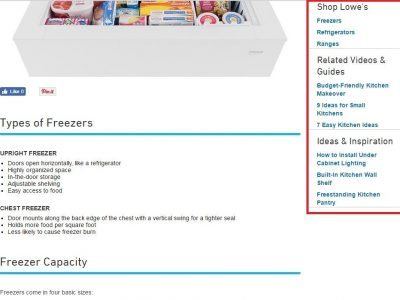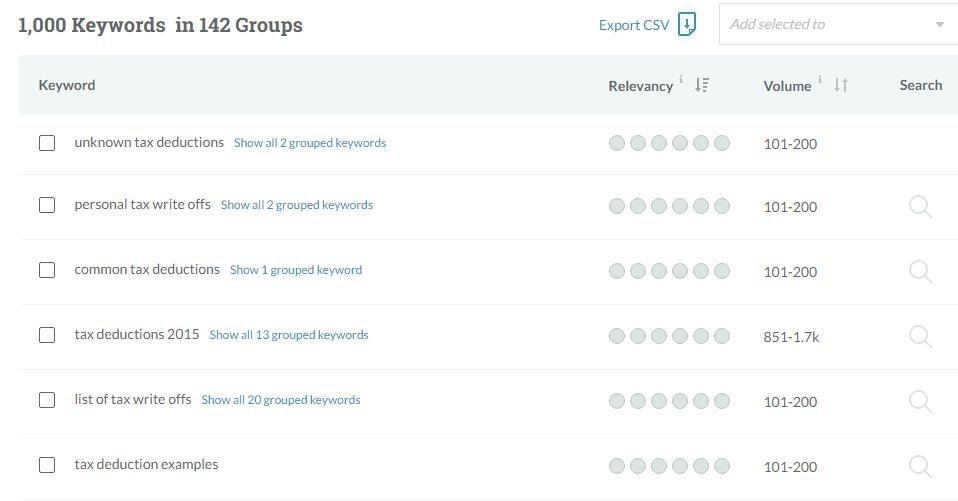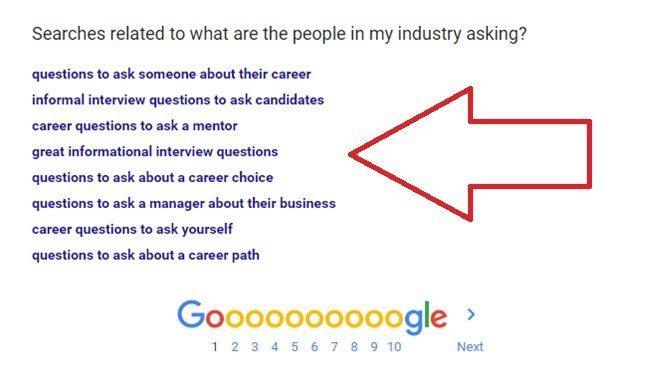As a busy business owner, you need everything you do to matter. Maintaining a relevant blog is hard work and it’s important that your content facilitates your goals and produces results. Blogging just for the sake of doing so does not help a company grow. It can be tempting to purchase expensive tools or consultants to produce and market your business blog, but for many entrepreneurs, a marketing budget can be tight. To help, we’ve rounded up six budget-friendly strategies to market your business blog and start attracting new clientele today.

Creating useful content
Too many companies use their blog for direct advertising. If a potential client is trying to find an answer and they pull up your blog, it’s important you present them an answer and not a sales pitch.
Focus on generating content that helps readers solve a problem. If a potential client opens your blog to find information that helps answer their questions, they are more likely to stay on your website and potentially convert to a sale.
It is acceptable to have links to your product and services within the content, but be sure to address the searcher’s intent. As an example, Lowe’s does a great job of this with their Freezer Buying Guide, at right.
Finding the right keywords
Writing pieces of content that address and solve problems in your industry is an excellent way to market your blog and earn new traffic to your site. To understand what users are searching for, conduct a keyword research project.
Ahrefs.com, Moz.com and Google Adwords all have excellent keyword planners that allow you understand what queries currently have high search volume. Targeting these keywords will not only help your team generate blog ideas, but your content will have the potential to rank for these terms as well, earning your blog targeted traffic in your industry.
The goal here is to find keywords that have high search volume and are editorial in nature. Commercial keywords generate sales pages and from a blog marketing perspective, it will be difficult for a blog post to rank well against sales pages.
The term “finding an apartment,” for example, generates mostly editorial content, while a term like “apartments for sale” serves extremely localized sales pages. For the best results, it is important to keep blog content centered around editorial keywords.
Remember that editorial content should create value for readers. When readers gain valuable information, they tend to revisit the source and share information with friends and colleagues.
For example, with tax season quickly approaching, if you’re a CPA, consider writing about unknown tax deductions. Not only will you help readers with valuable information, it positions your company as a thought leader in your space. Moz shows that there is a lot of search volume around this and similar terms, which suggests this is a worthy investment of time:

Unless you’re covering breaking news, there’s a good chance the topic has already been covered in some capacity, so it’s important that all of your new blog posts embody the concept of “10X Content” or have a unique perspective on the subject.
Prospecting and pitching your content
A blog post without views does not help a business grow. One great way to help attract attention to your posts is to generate a list of other websites and social media influencers that are in your industry (or relevant to your industry). Reach out and ask them to share your content with their audience. A great strategy is offering to share their content as an incentive to have them post yours. This kind of content partnership or collaboration can quickly increase traffic to both websites.
Be advised, this approach will require time, effort and creativity. Curate a list of potential sites or influencers and the contact information for each. For example, say you had a blog post on common types of landlords. A prospecting list would include websites like:
- Real estate agents
- HOA’s
- Contractors
- Apartment complexes
- Fix-and-flip money lenders
- College/University housing resource centers
- Study abroad programs
- Off-base military housing resource centers
- …any many others!
You will also need to compose a pitch to these people that shows them the value of sharing your work. Keep in mind, taking the time to create these types of partnerships up front can be extremely rewarding.
Posting on community websites
Similar to the previous section, building a list of websites that share content without the need for a pitch is a great strategy to garner page views. There are plenty of websites that share content, such as Reddit, Voat and other industry-specific forums that are a great place to start. StartupNation’s own community forum is an excellent place to share ideas and ask questions related to content marketing.
Just keep in mind that these posts are not advertisements; they are meant to provide value to the community of readers, in hopes that the user will, over time, see your brand as a trustworthy and reliable source. These posts are meant to build relationships that create clients that value you as much as you value them.
Promoting on Facebook
Promoting on Facebook is an effective strategy for marketing your blog, but it can get expensive if you’re not careful in your approach.
If your audience is too specific, the cost per click will increase. When starting out, keep the audience as general as possible and set a low daily spend.
Facebook can also create a “Lookalike audience” by using your existing clientele mailing list. They will match up the emails, create a general profile of the people on your list, and then expand that to more of the same type of people you are looking for!
This strategy is a unique way of increasing readership and improving your Facebook presence, but it will not directly impact your blog’s SEO rankings.
Including your blog in your newsletter
Almost every business has a slew of email addresses that they can leverage to create a newsletter. A good newsletter will help connect you with your clientele on a regular basis and will increase your readership.
Be sure to create your newsletter based on the questions you, your clients and other professionals in your industry are asking. This will make the newsletter a valuable read and will increase the likelihood that your current readership will want to share the content. Not sure where to start? Type an industry-related question into Google and check out the related search queries at the bottom of the results.

Finally, do not forget to make the content in your newsletter easy to share. Include call to action links like “Share this piece” using social media icons.
Source: StartupNation
